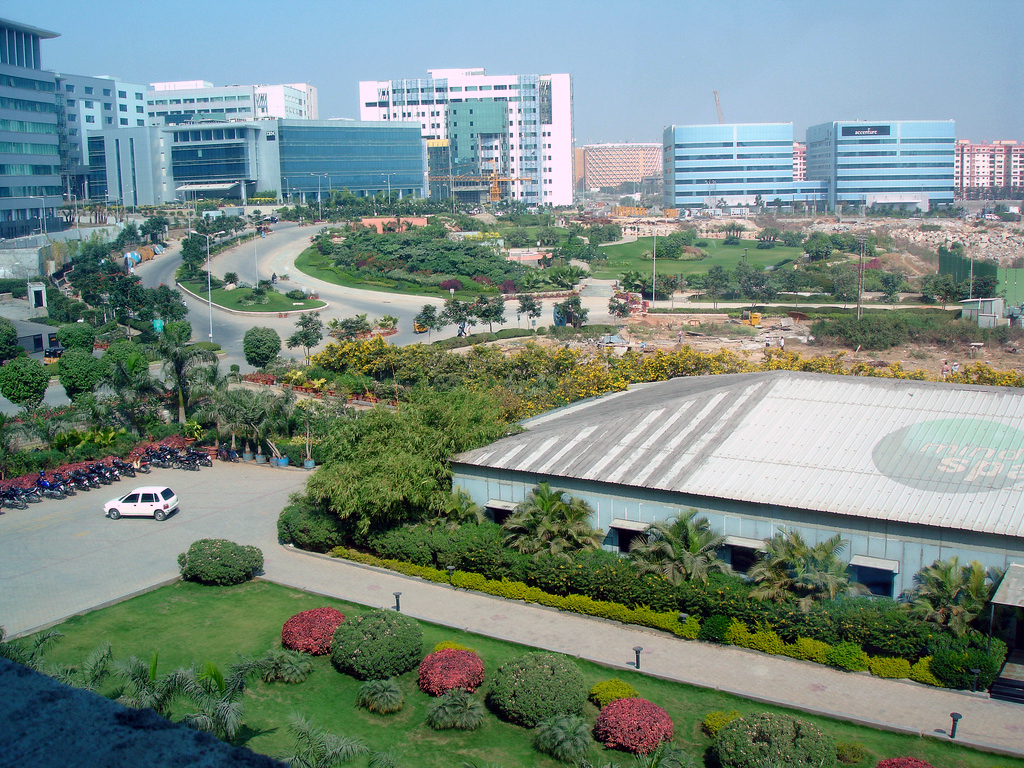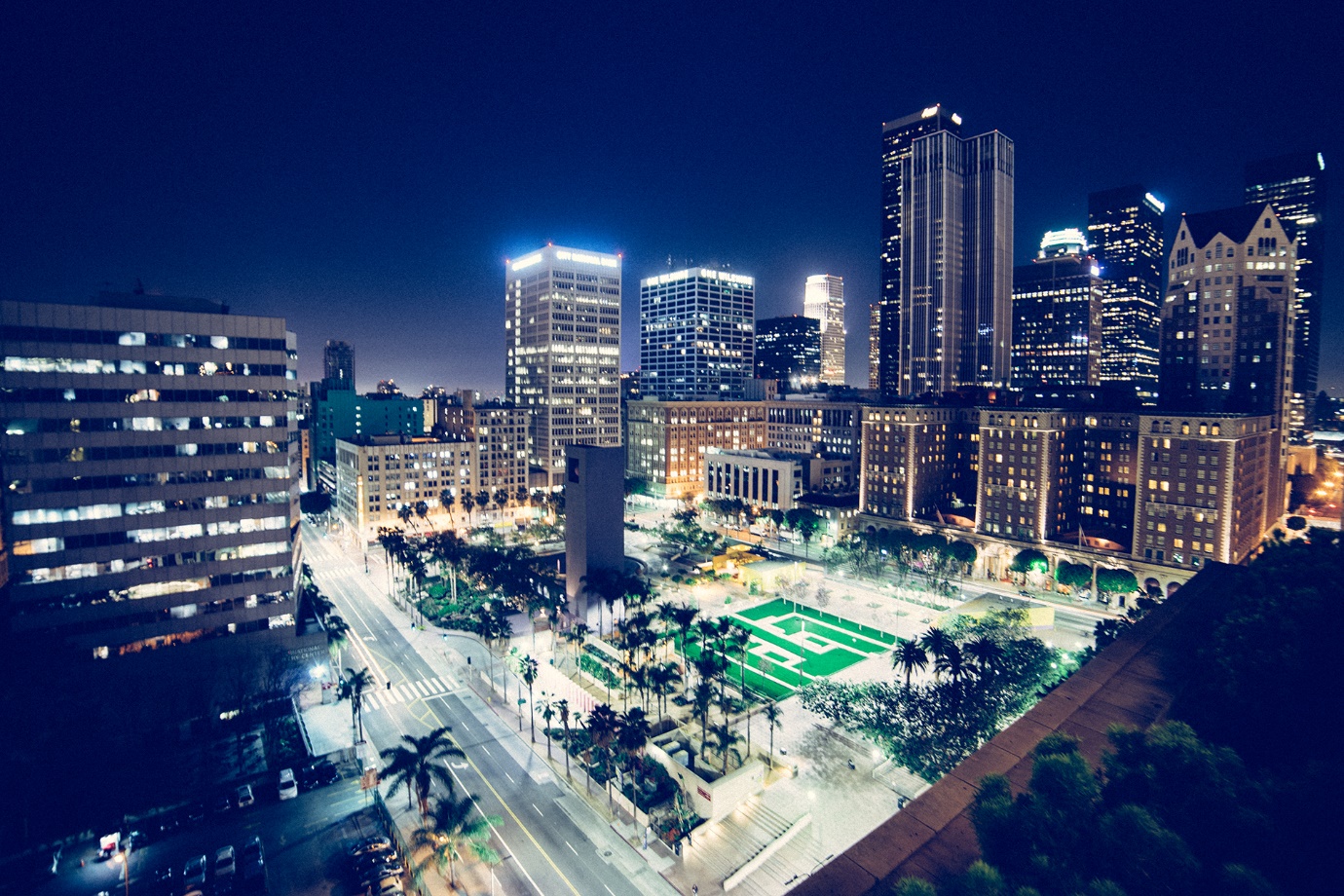Cities act as the very centre of development of a society and spread (social, economic, political, and now technological) growth throughout the world. So, in order to build a sustainable future, the first step should be developing self-sustainable cities. Now, by saying self-sustainable, we indicate the reformation of the most important component that can bring positive impact upon progress of the whole society, which is energy.
Fortunately, countries around the world have accepted the green energy transition to bring forth a sustainable future. A city sustaining on clean energy can satisfy growing energy demand in cities (more than 55% of world’s total population lives in cities), offer better network of technologies, and decrease pollution levels. Since all of these attributes are well within world’s environment conservation choices, shifting to the clean energy seems the most important step to take to lay the foundation of a sustainable future.

Satisfying Energy Demand and Reducing Pollution
Transitioning fossil fuel to green energy offers better choice and more abundant energy source to make smart changes within a city. Energy improvements can bring forth better energy usage management, traffic systems, data security, intelligent logistics, and environmentally compatible buildings. Therefore, the only way to improve and advance a city is to change its energy usage processes.
Global population is rose (7.6 bn in 2018 globally) at an incredible rate during the last 4-5 decades and record shows that although, currently 55% of global population is living in the cities, the numbers will jump to 68% in coming decade and by 2050, two-thirds of global population will live in cities. Therefore, it has become a necessity to equip cities with better energy solutions to the solve energy crisis.
On the other hand, cities of the world are currently consuming two-thirds of the world’s energy and generating most of the global greenhouse gases (70%) in the world. This is another reason to take immediate action on solarising cities, since solar generated green energy is free of pollution and offers solution to both these issues (demand and pollution).

Building the Future
Emerging Economies like- Africa, Indonesia are investing in solar energy adoption to finally get out of the growing burden (financial and pollution) of buying, generating, and using fossil fuel based energy. Even countries in the Middle East that are known for their oil reserves are focusing on solarisation of their cities, to diversify the energy mix and to build a sustainable future with abundant green energy. As the result, the surveys predict that solarized smart cities will have a market size amounting to USD 757.74 Billion by 2020.
Progress in India

Like progressive countries, India is also taking initiatives towards development of smart cities. Government of India aims to reduce a minimum of 10% demand of conventional energy at the end of five years. Main focus would be on adopting renewable energy (especially solar) and taking energy efficiency measures. The Government has elaborate plans to motivate the local Governments for adopting renewable energy technologies.

The current plan highlights identifying a total of 60 cities in India and step by step transforming them into solar cities. Agra, Surat, Nagpur, Gwalior, Aurangabad, Indore, Moradabad, Rajkot, Gandhinagar, Bhopal, Imphal, Thane, Nanded, Kohima, Dimapur are few of these 60 cities, undergoing the energy transition process. Government of India is also offering up to Rs. 50.00 Lakhs per city/town for this endeavour.
However, the efforts have to be increased to match the rise of pollution and population. A greener, cleaner and energy rich sustainable future is at last in sight, and now India have to make an effort to reach it.
